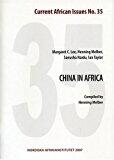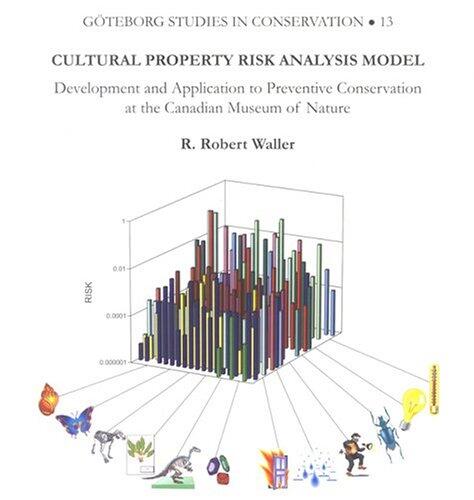
China in Africa: Current African Issues No. 35
まだ評価がありません
History
形式
ペーパーバック
ページ数
48
言語
スウェーデン語
公開されました
Jan 1, 2007
出版社
Nordic Africa Institute
ISBN-10
917106589X
ISBN-13
9789171065896
説明
This exploration delves into the multifaceted relationship between China and Africa, highlighting the historical context and contemporary dynamics of their interactions. It offers a critical lens through which to examine China's growing influence in the African continent, encompassing economic ties, political partnerships, and social implications.
The authors, Margaret C. Lee, Henning Melber, and Sanusha Naidu, draw on extensive research to provide insights into how China's presence has reshaped various sectors in African countries. They investigate the motivations behind China's investments and the responses from local governments and communities, showcasing the complexities of this relationship and its wider implications for international diplomacy.
Issues such as trade relationships, infrastructure development, and cultural exchanges are meticulously analyzed, presenting both the opportunities and challenges that arise from Chinese engagement in Africa. The narrative is enriched by real-world examples that illustrate the impact of these interactions on development and governance.
Ultimately, this work serves as both a resource for scholars and a guide for policymakers. It encourages readers to critically assess the implications of China's involvement in Africa and to consider the future trajectory of this pivotal partnership.
The authors, Margaret C. Lee, Henning Melber, and Sanusha Naidu, draw on extensive research to provide insights into how China's presence has reshaped various sectors in African countries. They investigate the motivations behind China's investments and the responses from local governments and communities, showcasing the complexities of this relationship and its wider implications for international diplomacy.
Issues such as trade relationships, infrastructure development, and cultural exchanges are meticulously analyzed, presenting both the opportunities and challenges that arise from Chinese engagement in Africa. The narrative is enriched by real-world examples that illustrate the impact of these interactions on development and governance.
Ultimately, this work serves as both a resource for scholars and a guide for policymakers. It encourages readers to critically assess the implications of China's involvement in Africa and to consider the future trajectory of this pivotal partnership.



















